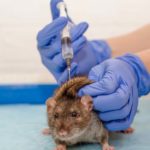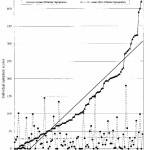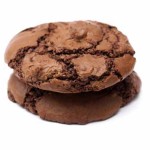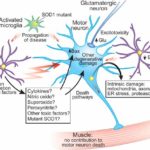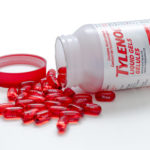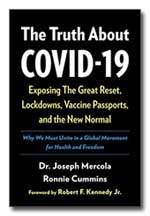This gallery contains 2 photos.
Irwin, Wong, Kwon. Biomacromolecules. 14(1): 264- 274. Amyloid fibrils such as those found in Alzheimer’s disease are thermodynamically very stable, but there is evidence that small molecules like food dyes can remodel them safely. The authors performed a remodeling trial … Continue reading





